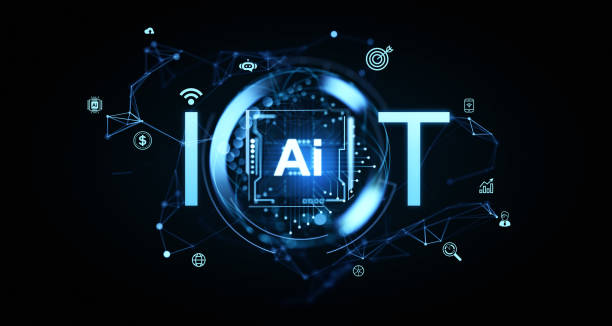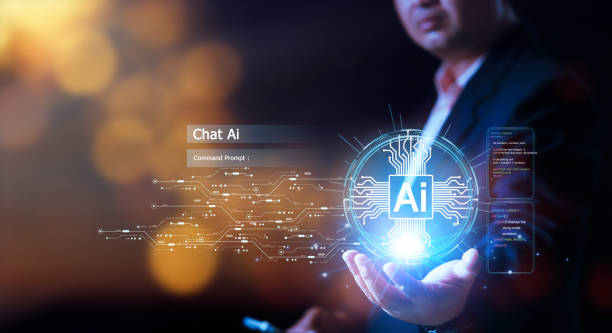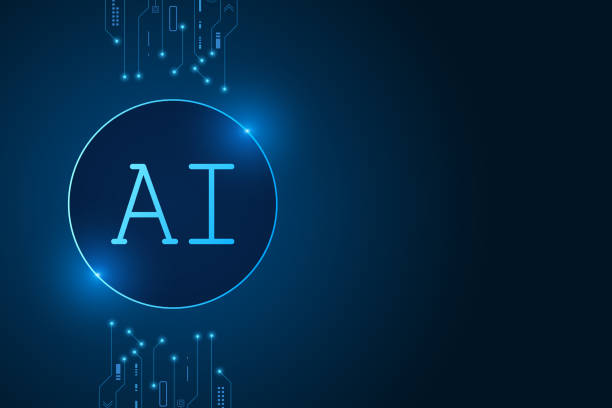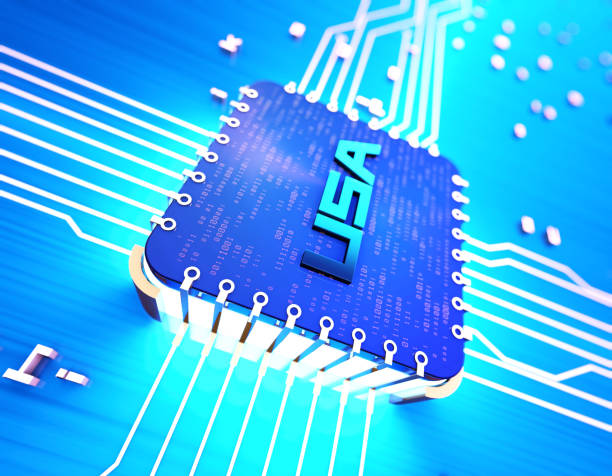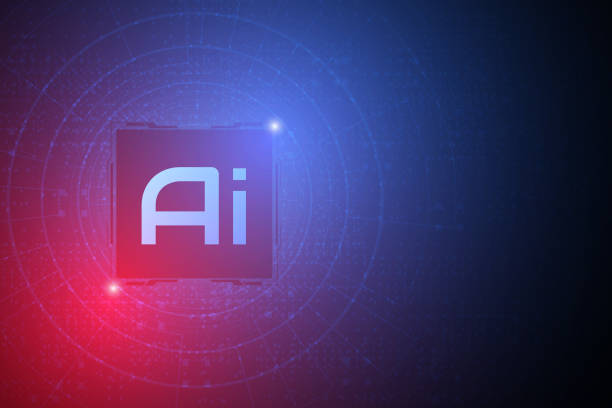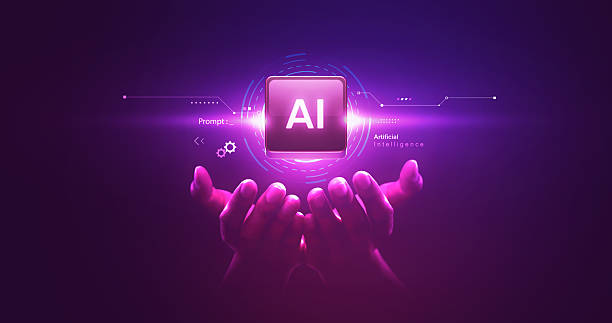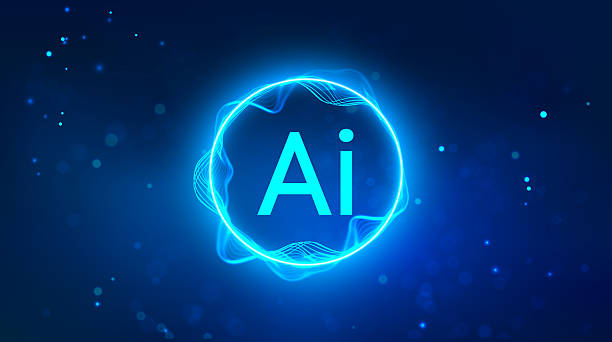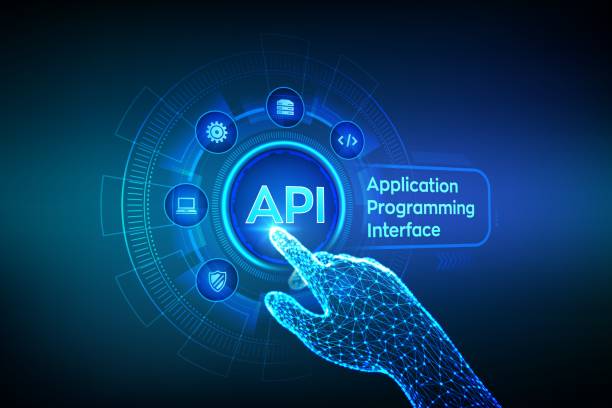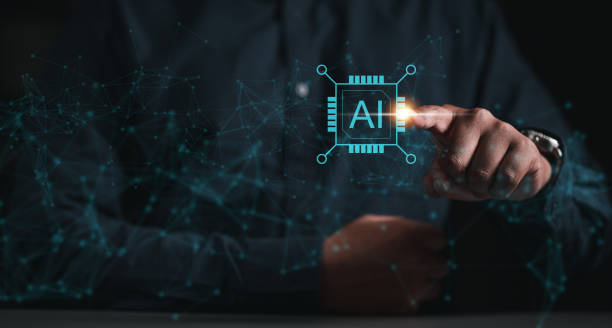What is an AI Robot and How Does it Work?
In today’s world, the term #Artificial_Intelligence (AI) is heard with increasing frequency.
But when it comes to AI robots, what exactly do we mean? Simply put, an AI robot is a computer program or physical device that, using artificial intelligence algorithms, is capable of performing tasks that usually require human intelligence.
These tasks can include learning, reasoning, problem-solving, understanding natural language, and even creativity.
Artificial intelligence allows robots to make decisions and act without the need for direct human intervention.
The basis of an AI robot’s operation is complex algorithms and massive data.
These algorithms help the robot identify patterns, learn from past experiences, and improve its performance.
For example, an AI robot designed for facial recognition is first trained with a set of images and then can accurately identify new faces.
AI robots are used in various fields, including industry, medicine, education, customer service, and even entertainment.
These robots can help increase productivity, reduce costs, improve the quality of services, and provide new experiences for users.
With the increasing advancement of technology, AI robots are expected to play a more significant role in our lives.
Are visitors leaving your online store before making a purchase? Worry no more! With Rasaweb’s professional online store design services, solve the problem of converting visitors into customers forever!
✅ Significant increase in conversion rates and sales
✅ Exceptional and engaging user experience
⚡ Contact us now for a free consultation!
Types of AI Robots: Classification and Applications
AI robots can be categorized based on various criteria.
One of the most common methods is to categorize them based on the type of tasks the robot is capable of performing.
Based on this, robots can be divided into the following categories:
- Chatbots: Robots designed to interact with users through text or voice.
These robots are commonly used in customer service, marketing, and education. - Industrial Robots: Robots designed to perform repetitive and dangerous tasks in industrial environments.
These robots can help increase production speed and accuracy. - Medical Robots: Robots designed to assist doctors in diagnosis, treatment, and surgery.
These robots can increase the accuracy and safety of surgeries. - Home Robots: Robots designed to perform daily tasks in the home, such as robotic vacuum cleaners and voice assistants.
In addition, AI robots can also be categorized based on their level of intelligence.
Some robots are only capable of performing simple and pre-determined tasks, while others can learn, reason, and make complex decisions.
The level of intelligence of a robot depends on the type of AI algorithms used and the amount of data used to train the robot.
The applications of AI robots are vast and diverse.
These robots are currently used in various fields and are expected to play a more significant role in our lives in the future.
Advantages and Disadvantages of Using AI Robots
Using AI robots has many advantages, including increased productivity, reduced costs, improved quality of services, and providing new experiences for users.
Robots can perform repetitive and tedious tasks with high speed and accuracy, which can lead to increased productivity and reduced costs.
Also, robots can provide customer service 24 hours a day, 7 days a week, which can help improve the quality of services and customer satisfaction.
However, there are also disadvantages to using AI robots.
One of the most important disadvantages is concerns about job losses.
With the increasing use of robots, many human jobs may be replaced.
In addition, robots can make mistakes and make incorrect decisions, which can lead to serious problems.
Also, issues related to privacy and data security are among the challenges of using AI robots.
To benefit from the advantages of AI robots and reduce their disadvantages, it is necessary to have careful planning and develop appropriate laws and regulations.
Using AI robots to help humans and not replace them can be the best approach.
Click here to preview your posts with PRO themes ››
| Advantages | Disadvantages |
|---|---|
| Increased Productivity | Job Losses |
| Reduced Costs | Potential for Errors |
| Improved Service Quality | Privacy Concerns |
The Future of AI Robots and Their Impact on Our Lives
The future of AI robots is very bright and full of potential.
With the increasing advancement of technology, robots are expected to play a more significant role in our lives.
AI robots can help us in various fields in the future, including:
- Health and Treatment: Robots can help us in diagnosing diseases, performing surgeries, and providing medical care.
- Education: Robots can help students as private tutors and personalize education.
- Transportation: Robots can drive and make transportation safer and more efficient.
- Home: Robots can perform daily tasks at home and make our lives easier.
However, the development of AI robots also has challenges.
One of the most important challenges is ensuring that robots are used safely and ethically.
Also, it is necessary to pay attention to issues related to privacy and data security.
To benefit from the advantages of AI robots and reduce their risks, cooperation between governments, companies, and researchers is necessary.
The development of AI robots should be in a way that benefits all members of society.
Are you dissatisfied with the low conversion rate of visitors to customers on your online store?
Solve this problem forever with professional online store design by Rasaweb!
✅ Increase the conversion rate of visitors to customers
✅ Create an excellent user experience and build customer trust
⚡ Get a free consultation
Ethical Challenges in the Development and Use of AI Robots
The development and use of AI robots bring numerous ethical challenges.
One of the most important challenges is determining accountability for the decisions and actions of robots.
If an AI robot makes an incorrect decision or takes an action that harms someone, who will be responsible? The robot’s manufacturer? The robot’s user? Or the robot itself? These questions do not have easy answers and require careful consideration and the development of appropriate laws and regulations.
Another ethical challenge is protecting privacy and data security.
AI robots typically collect and process large amounts of data.
This data can include personal information of individuals.
It is necessary to protect this data securely and confidentially and prevent its misuse.
Also, it is necessary to pay attention to issues related to discrimination and inequality.
AI robots may unintentionally act discriminatorily, especially if the data used to train them contains biases.
To prevent this, it is necessary to carefully review the training data and use AI algorithms that are fair and unbiased.
Given the numerous ethical challenges in the development and use of AI robots, it is necessary to pay serious attention to these issues and find appropriate solutions for them.
How to Build an AI Robot: A Simple Guide
Building an AI robot can be an engaging and challenging project.
To start, you need basic knowledge in the field of programming, artificial intelligence algorithms, and data mining.
Also, you must choose a suitable programming language such as Python, because Python has powerful libraries for artificial intelligence.
The first step is to collect the data needed to train the robot.
The type of data depends on the type of task the robot must perform.
For example, if you want to build a chatbot, you need a set of conversations.
After collecting the data, you must process it and prepare it for training the robot.
This includes cleaning the data, removing irrelevant data, and converting the data to the appropriate format.
In the next step, you must choose an appropriate artificial intelligence algorithm.
Different algorithms exist for different tasks.
For example, you can use recurrent neural networks to build a chatbot.
After selecting the algorithm, you must train the robot using the collected data.
This includes adjusting the algorithm’s parameters and evaluating the robot’s performance.
Finally, you must test the robot and improve its performance.
This includes identifying and fixing errors, improving the accuracy and efficiency of the robot, and adding new features.
Building an AI robot is an iterative process and you must continuously improve the robot.
With patience and perseverance, you can build a powerful and useful AI robot.
The AI robot can be a great helper for daily tasks.
Click here to preview your posts with PRO themes ››
AI Robot in Iran: Status and Outlook
In Iran, interest in #Artificial_Intelligence and robotics is increasing.
Several universities and research centers are conducting research projects in this field.
Also, many startups are developing AI robots for various applications.
However, the development of artificial intelligence in Iran also faces challenges.
One of the most important challenges is the lack of financial and human resources.
To develop artificial intelligence, it is necessary to make large investments in research and development, train specialized human resources, and provide the necessary infrastructure.
Another challenge is the lack of appropriate laws and regulations.
To support the development of artificial intelligence and prevent its misuse, it is necessary to develop appropriate laws and regulations.
Despite these challenges, the outlook for artificial intelligence in Iran is bright.
Given the country’s high potential in the field of information and communication technology, it is expected that we will see significant progress in the field of artificial intelligence in the future.
AI robots and system automation in Iran can be useful in accelerating economic growth.
| Opportunities | Challenges |
|---|---|
| Increasing Interest in AI | Lack of Financial Resources |
| Active Universities | Lack of Specialized Human Resources |
| High Capacity of Information Technology | Lack of Appropriate Laws |
Key Concepts in AI Robots: Machine Learning, Deep Learning, and Natural Language Processing
Machine Learning, Deep Learning, and Natural Language Processing are key concepts in the field of AI robots.
Machine learning allows robots to learn from data without the need for explicit programming.
In machine learning, robots use various algorithms to identify patterns in data and use these patterns to make predictions or decisions.
Deep learning is a subset of machine learning that uses artificial neural networks with multiple layers to learn complex patterns in data.
Deep neural networks can process images, sounds, and texts with high accuracy.
Natural language processing allows robots to understand and interact with human language.
In natural language processing, robots use various algorithms to parse and analyze text, identify meanings, and generate text.
These key concepts enable AI robots to perform complex tasks and help humans in various fields.
AI robots are currently used in many industries.
Are you losing potential customers due to an unprofessional website? Rasaweb is your answer! With our specialized corporate website design services:
✅ Enhance the credibility and position of your business
✅ Experience attracting more targeted customers
⚡ Take action now to receive a free consultation!
Successful Examples of AI Robots in Various Industries
AI robots are currently used successfully in various industries.
In the automotive industry, robots are used to perform repetitive and dangerous tasks on production lines.
These robots can perform welding, painting, and assembly of parts with high speed and accuracy.
In the medical industry, robots are used to assist doctors in diagnosis, treatment, and surgery.
Surgical robots can increase the accuracy and safety of surgeries, and diagnostic robots can diagnose diseases with high speed and accuracy.
In the customer service industry, chatbots are used to answer customer questions and provide support.
These robots can be available 24 hours a day, 7 days a week, and help customers solve their problems.
In the agricultural industry, robots are used to plant, maintain, and harvest crops.
These robots can help increase productivity and reduce costs.
These are just a few examples of the successful applications of AI robots in various industries.
With the increasing advancement of technology, robots are expected to play a more significant role in our lives.
Important Tips in Selecting and Implementing AI Robots
Selecting and implementing AI robots is a complex process that requires careful planning and attention to important tips.
First of all, you must accurately identify your needs.
What tasks do you want to assign to the robot? What goals do you want to achieve using the robot? After identifying the needs, you must select a suitable AI robot.
Different robots exist for different tasks.
You must choose a robot that is compatible with your needs and has good performance.
Also, you must pay attention to the costs associated with purchasing, installing, and maintaining the robot.
After selecting the robot, you must implement it correctly.
This includes installing hardware and software, configuring the robot, and training users.
Also, you must pay attention to issues related to data security and privacy.
Finally, you must continuously evaluate the robot’s performance and make the necessary changes if needed.
This includes collecting data, analyzing data, and improving robot performance.
By following these important tips, you can successfully select and implement an AI robot and benefit from its advantages.
AI robots and automation improve the quality and speed of work.
Click here to preview your posts with PRO themes ››
Frequently Asked Questions
| Question | Answer |
|---|---|
| What is an AI Robot? | An AI Robot is a machine capable of understanding the environment, reasoning, learning, and making decisions to perform tasks independently. |
| What is the difference between regular robots and AI robots? | Regular robots perform repetitive tasks based on prior programming, while AI robots can learn from experience, interact dynamically with the environment, and even behave in a way that resembles human intelligence. |
| What are the main applications of AI robots? | They are used in industries (manufacturing, assembly), medicine (surgery, diagnosis), services (customer support, domestic), exploration (space, underwater), and many other fields. |
| What technologies are used in building AI robots? | Machine Learning, Computer Vision, Natural Language Processing, Deep Learning, and Robotics are among the key technologies. |
| Can AI robots have emotions? | Currently, robots do not have emotions in the human sense. They can identify emotions and respond to them, but they do not experience emotions themselves. |
| What are the main challenges in developing AI robots? | Safety, reliability, ethics, autonomy, adaptation to complex environments, and natural interaction with humans are important challenges. |
| How do AI robots get trained? | They are usually trained using large amounts of data, machine learning algorithms, and deep learning to identify patterns and make decisions. |
| Examples of AI robots in everyday life? | Smart robotic vacuum cleaners, customer support chatbots, self-driving cars, and surgical robots in hospitals. |
| Are AI robots a threat to human jobs? | Some repetitive jobs may be automated, but at the same time, robots can increase productivity and create new jobs in the development, maintenance, and monitoring of these systems. |
| How is the future of AI robots predicted? | They are expected to become smarter, more autonomous, and capable of performing more complex tasks, and be in closer interaction with humans in various environments. |
And other services of Rasaweb Advertising Agency in the field of advertising
Smart UI/UX: A fast and efficient solution for online growth with a focus on SEO-driven content strategy.
Smart Marketplace: A creative platform to improve click-through rates with marketing automation.
Smart Brand Identity: A combination of creativity and technology for user engagement through precise audience targeting.
Smart Digital Branding: Transform campaign management by optimizing key pages.
Smart Social Media: A professional solution for attracting customers with a focus on precise audience targeting.
And more than hundreds of other services in the field of internet advertising, advertising consulting, and organizational solutions
Internet Advertising | Advertising Strategy | Advertorial Report
Resources
Introduction to Artificial Intelligence and AI Robots
,What is an AI Robot and What is its Application?
,What is AI Robotics?
,What is AI Robotics? (+ Applications, Advantages and Disadvantages)
? With Rasaweb Afarin Digital Marketing Agency, your business will shine in the digital world. We empower your digital identity by providing comprehensive services including corporate website design.
📍 Tehran, Mirdamad Street, next to the Central Bank, South Kazerun Alley, Ramin Alley No. 6
“`

